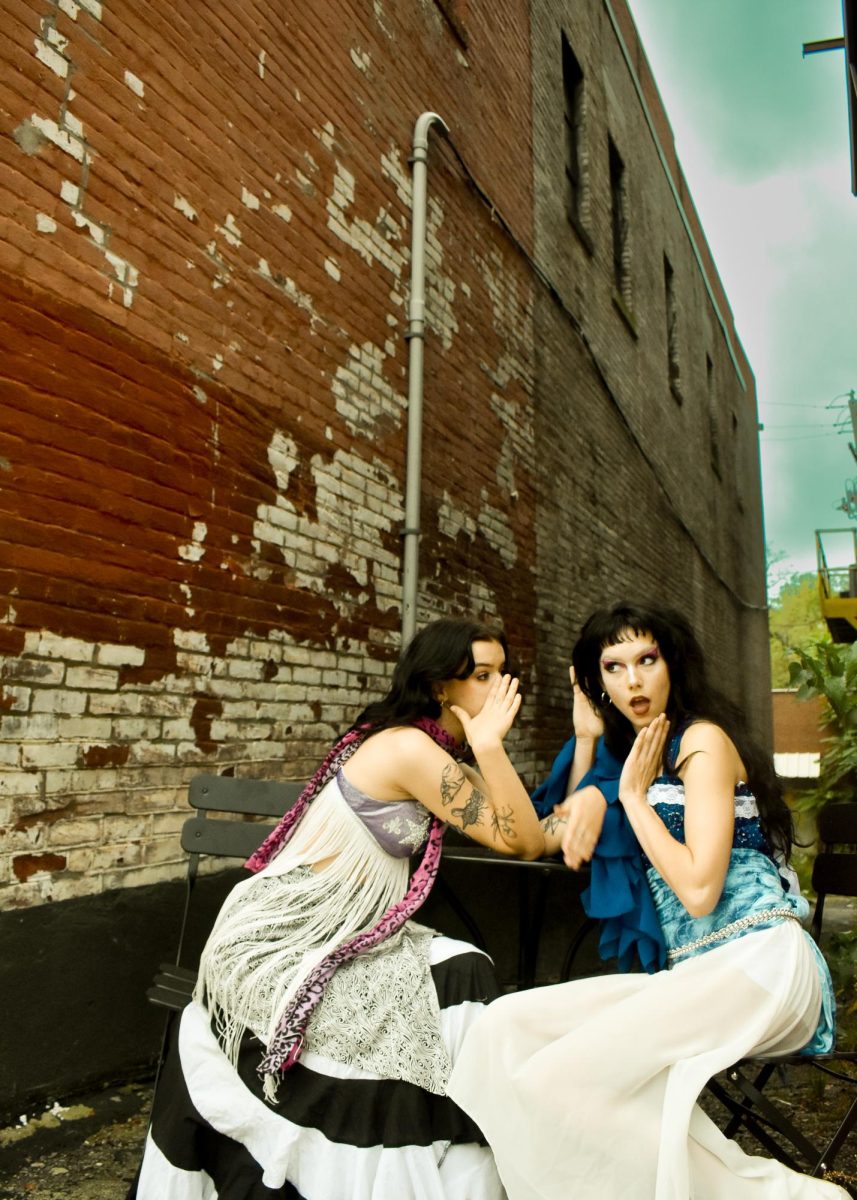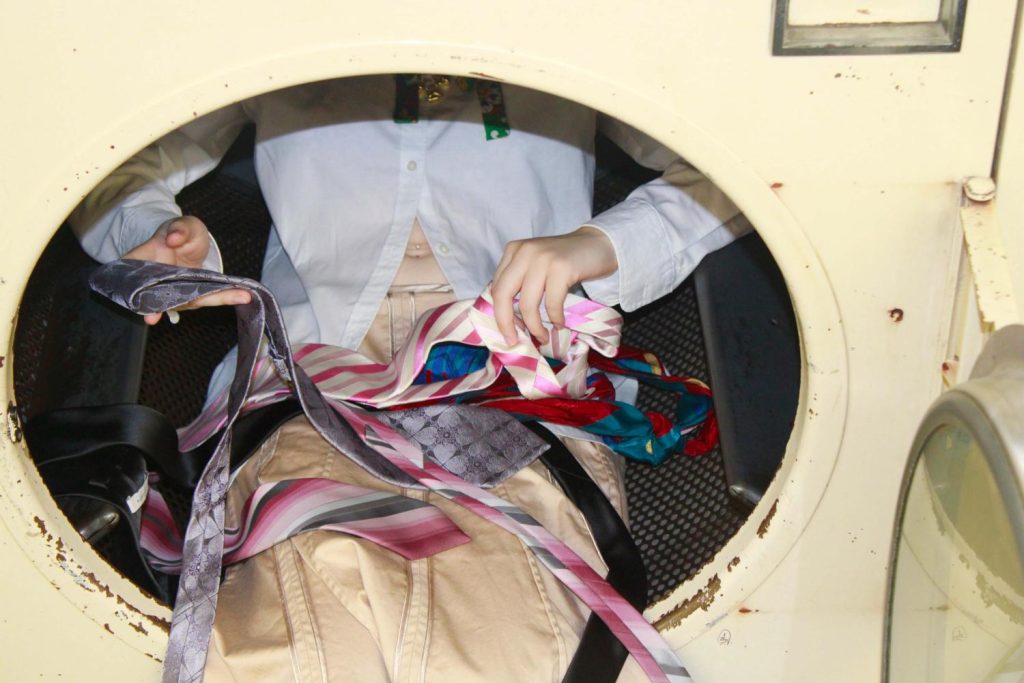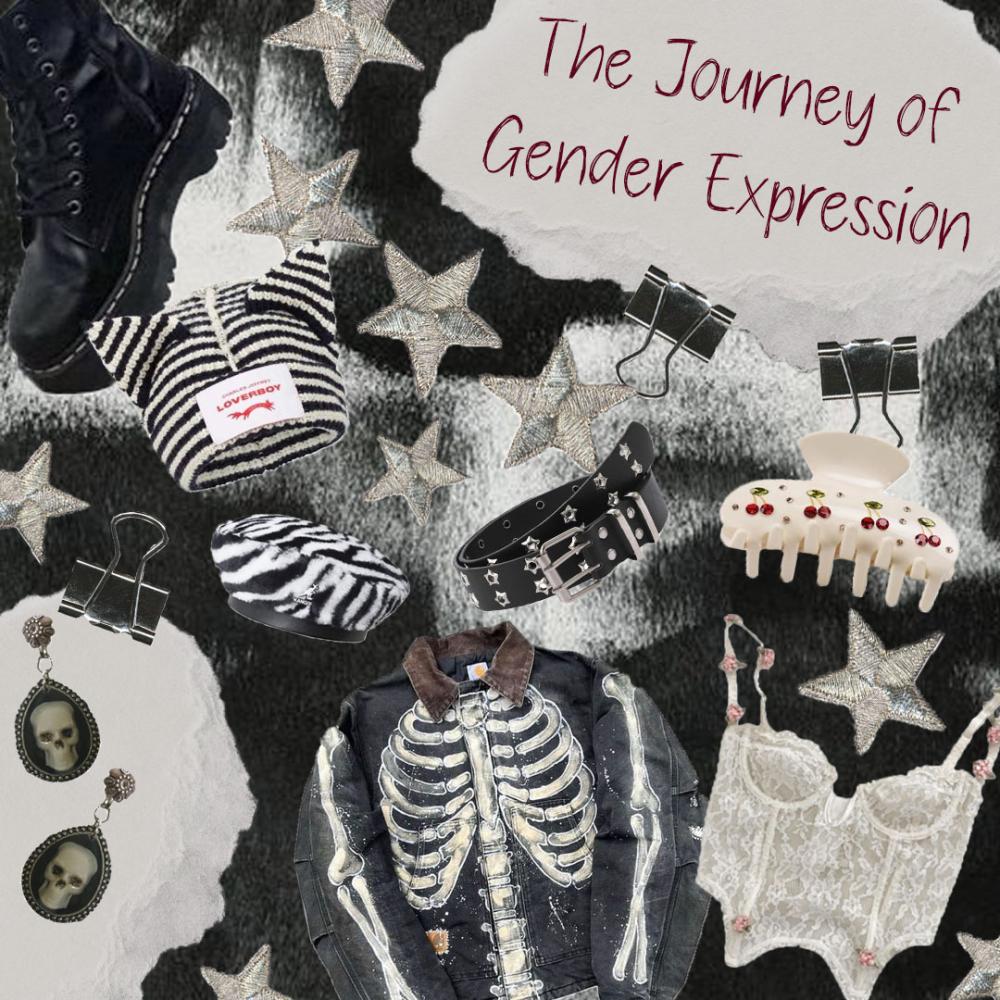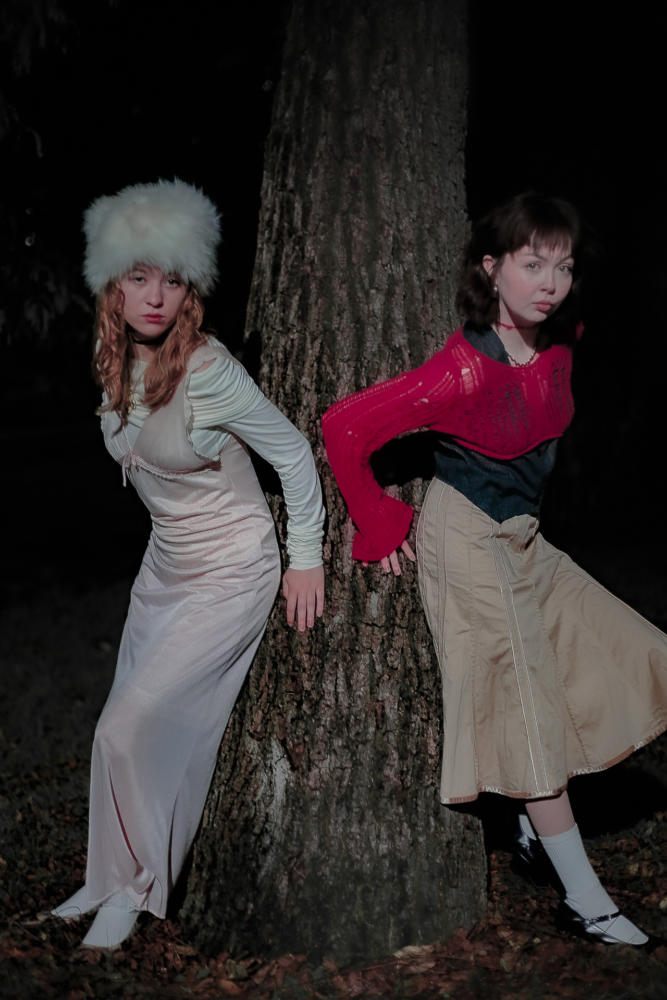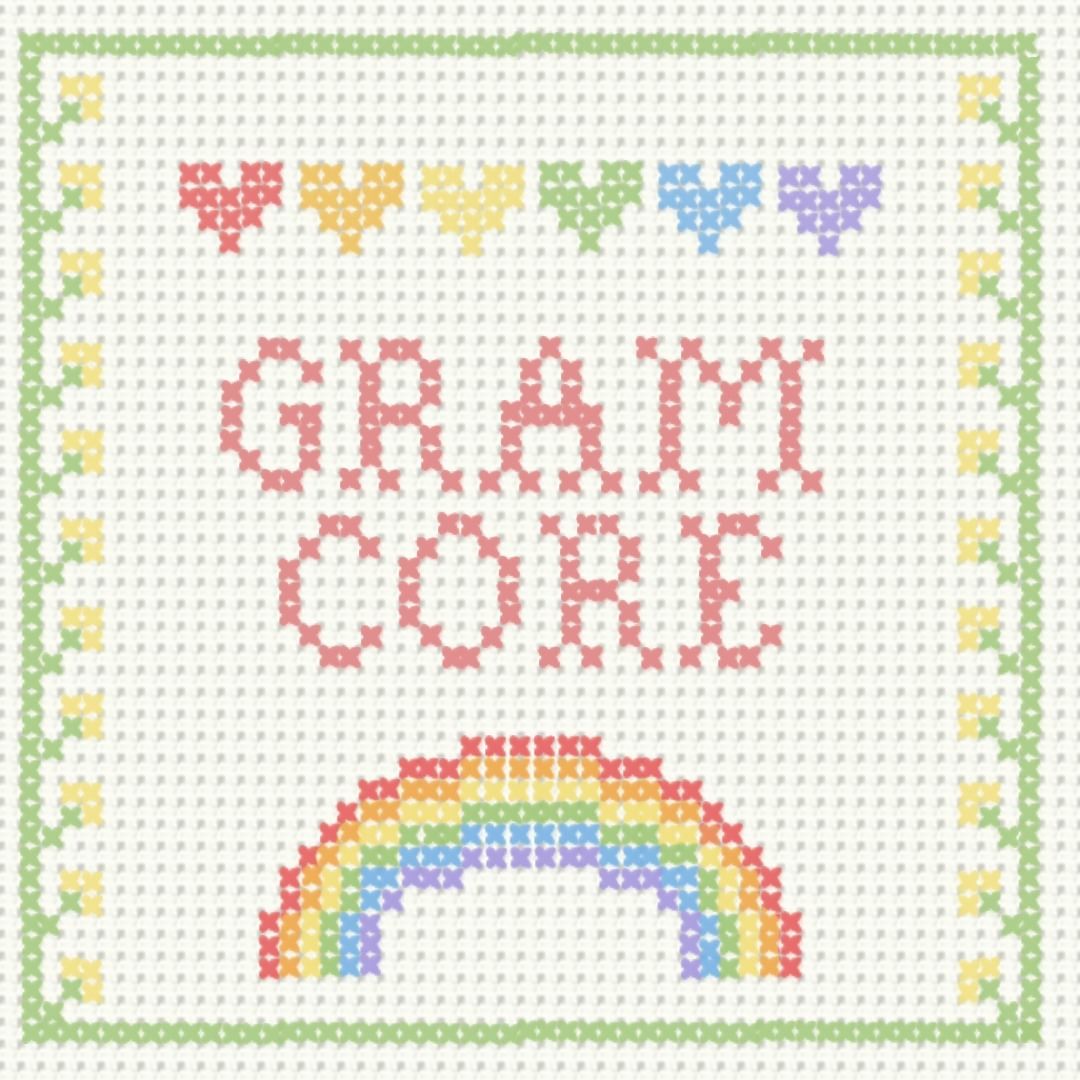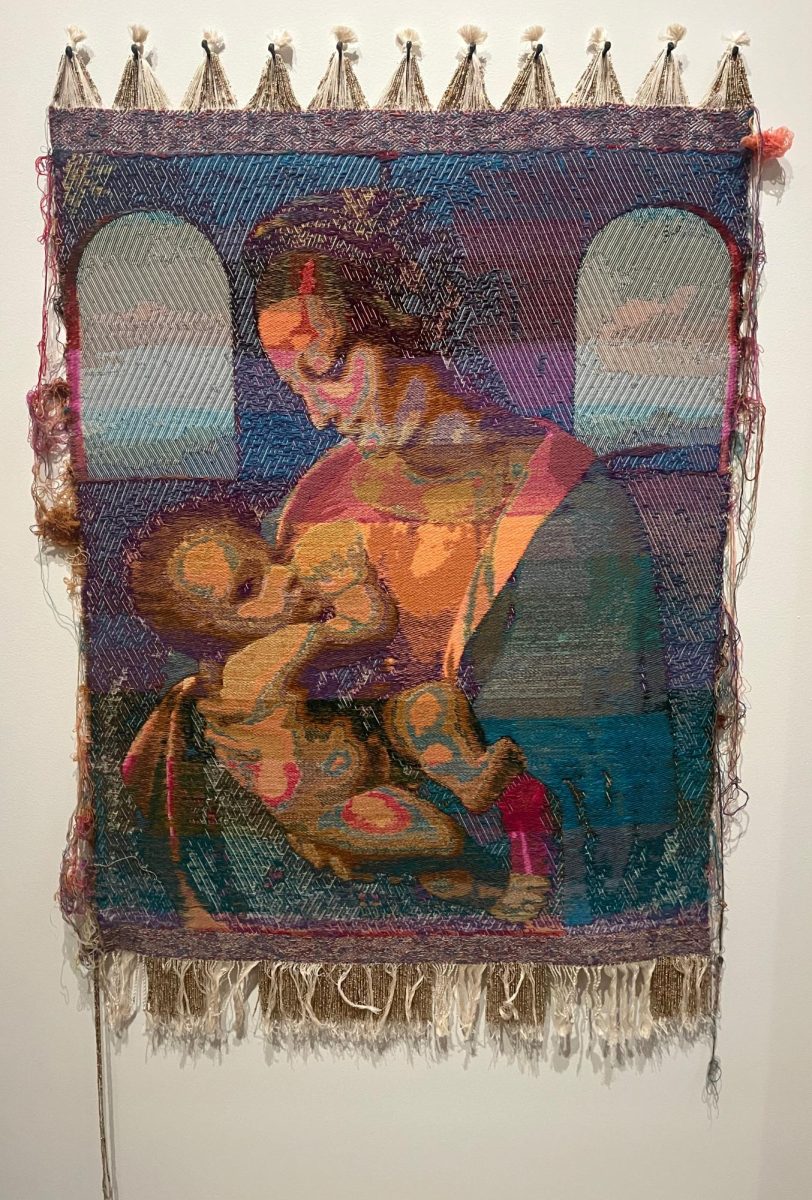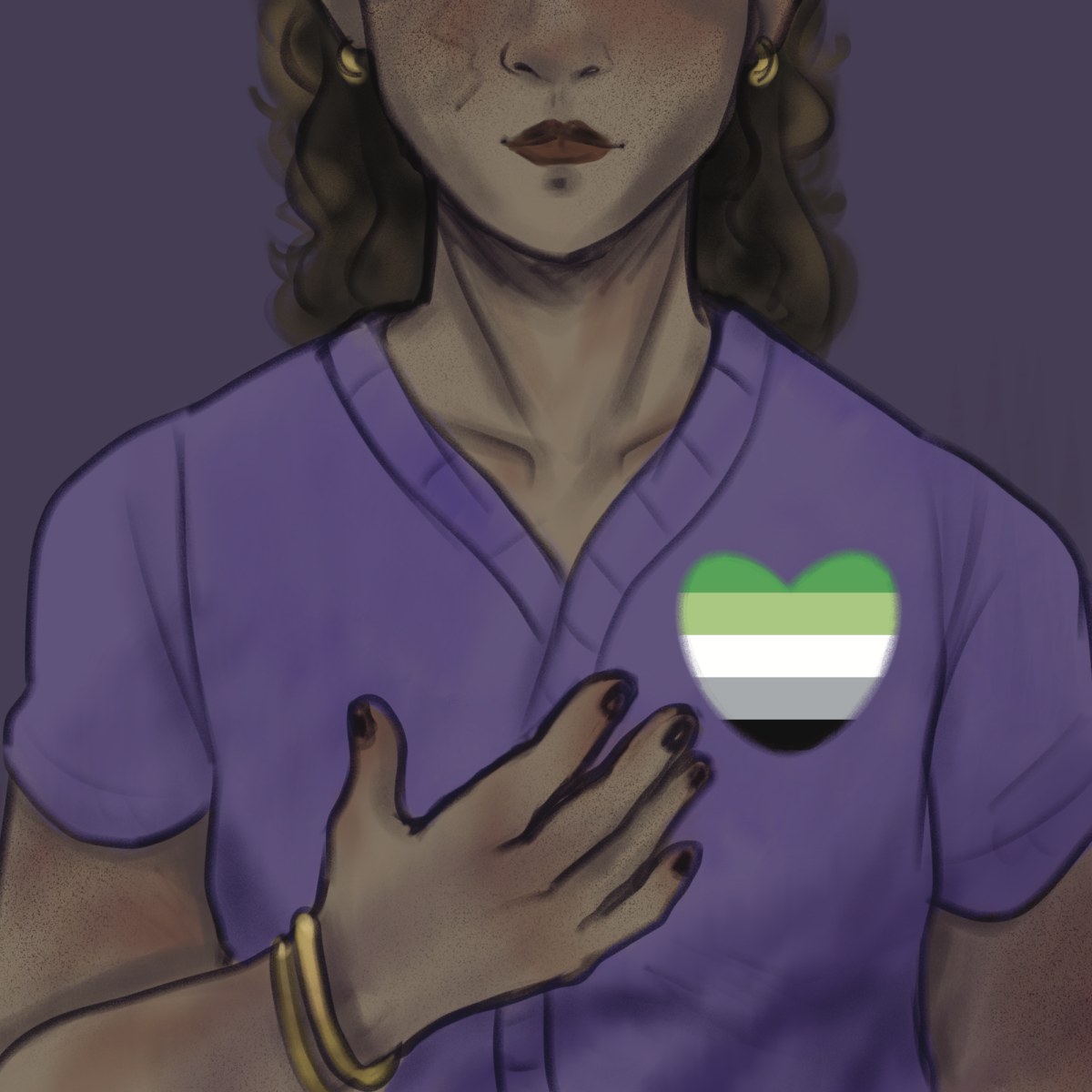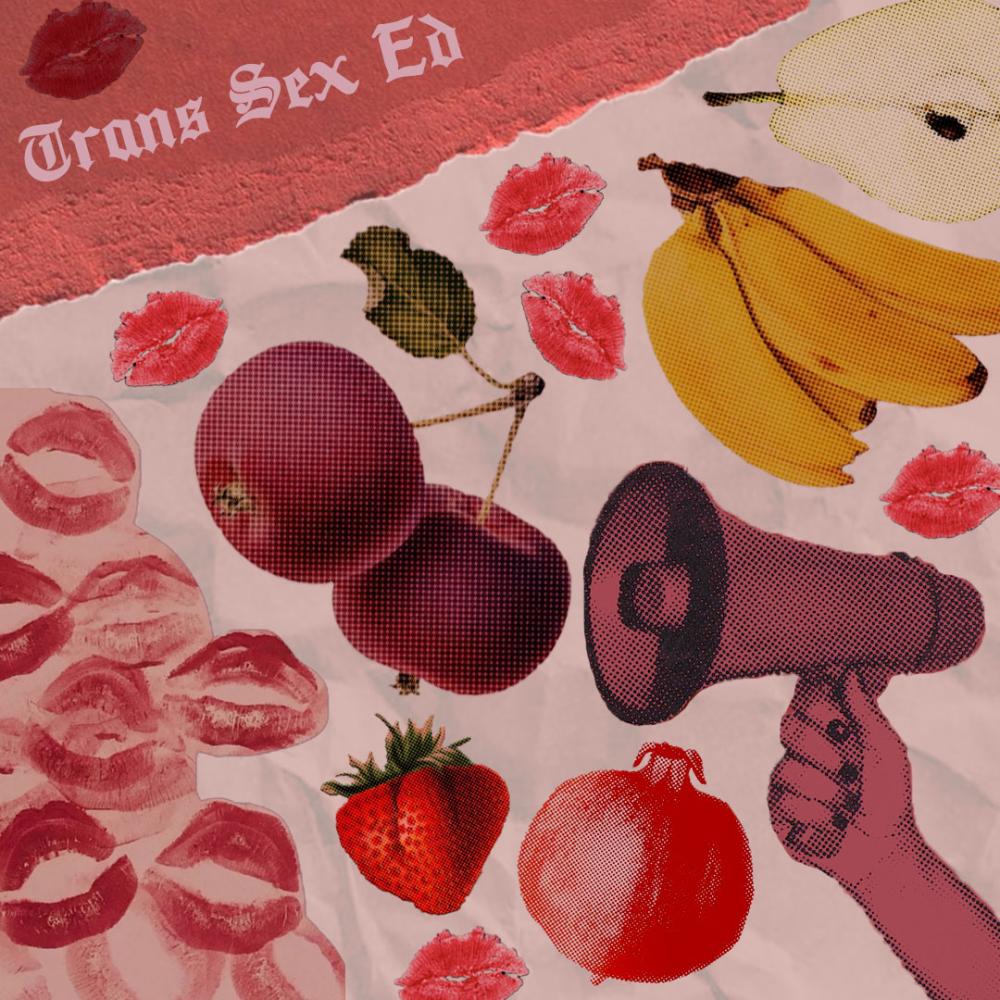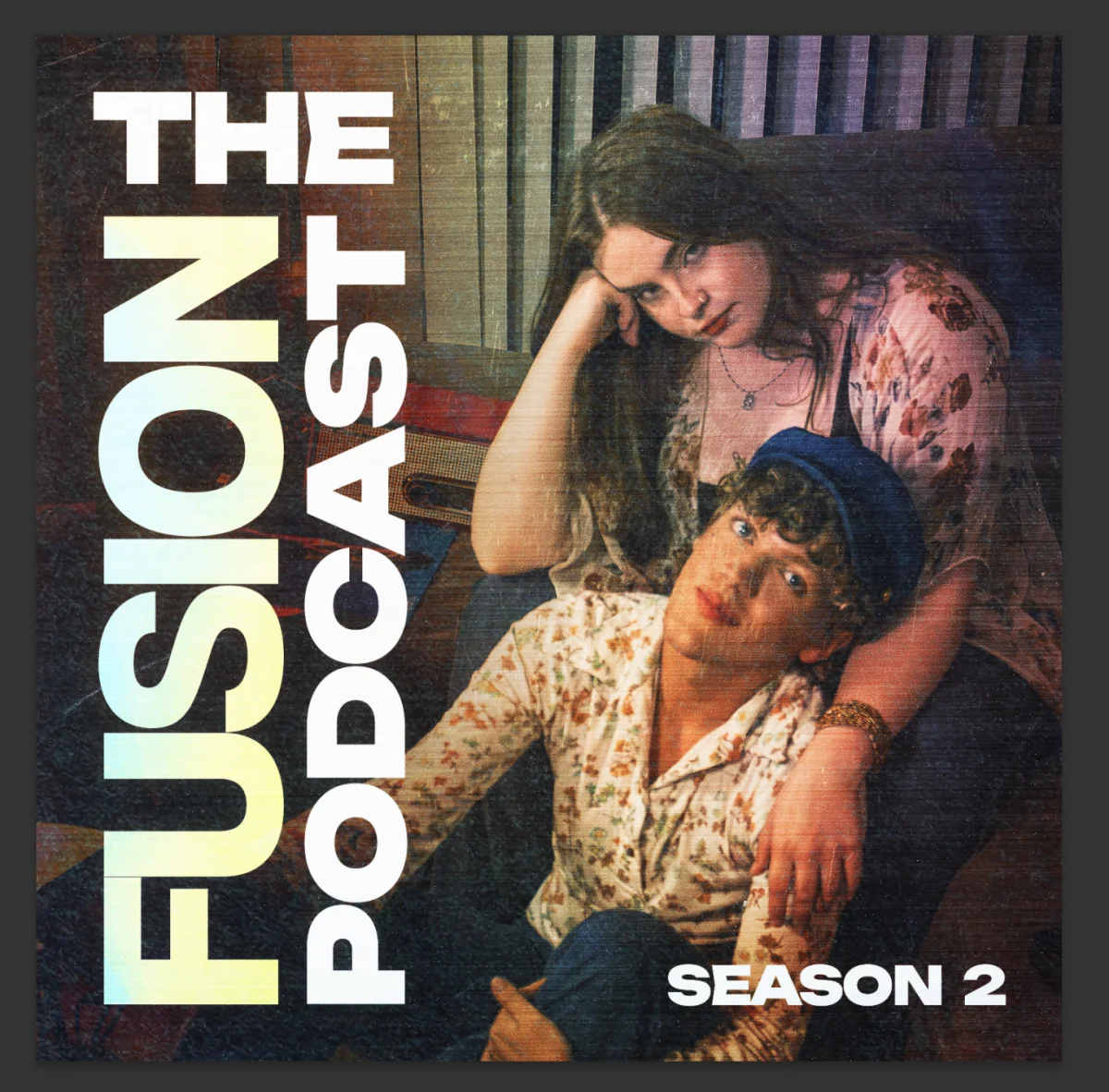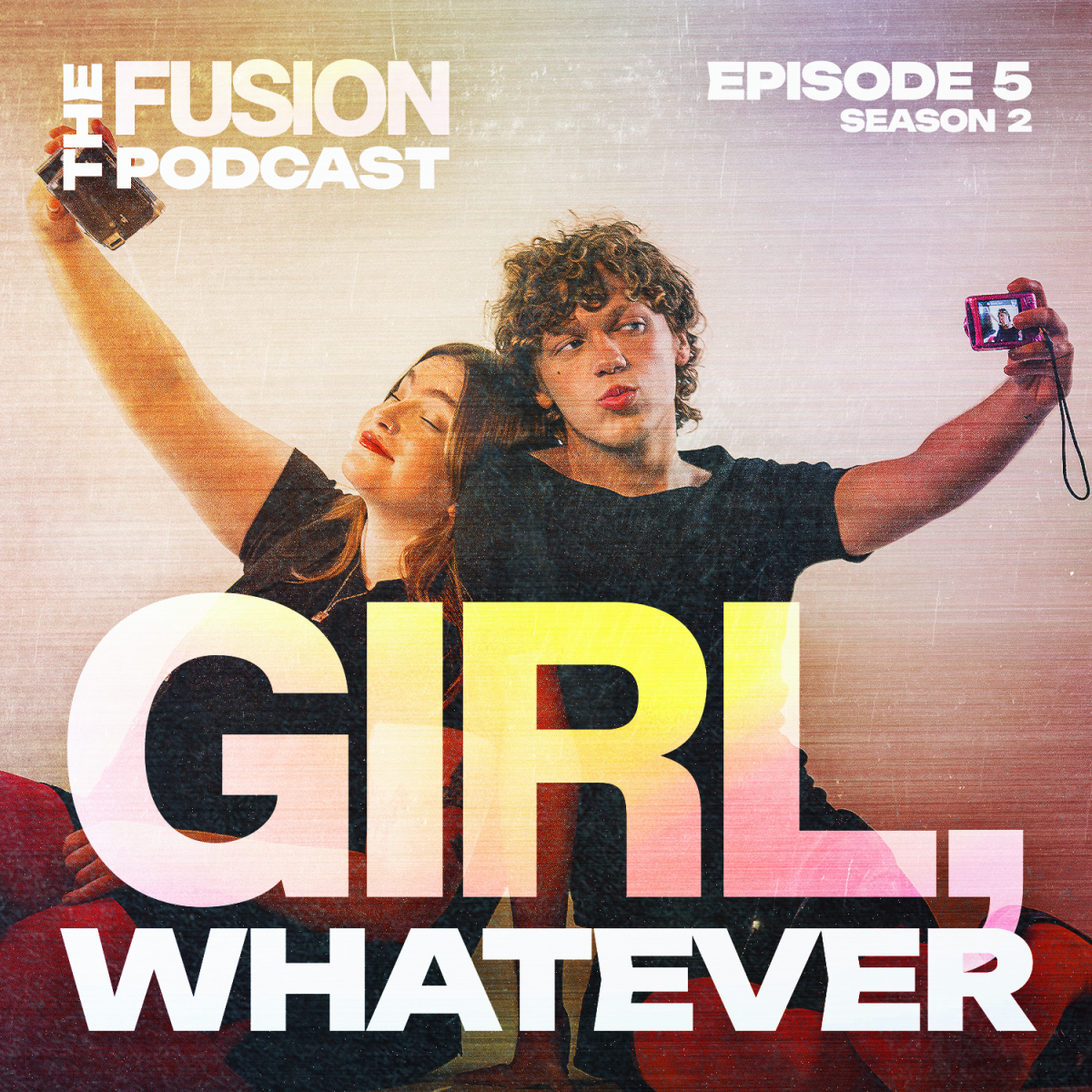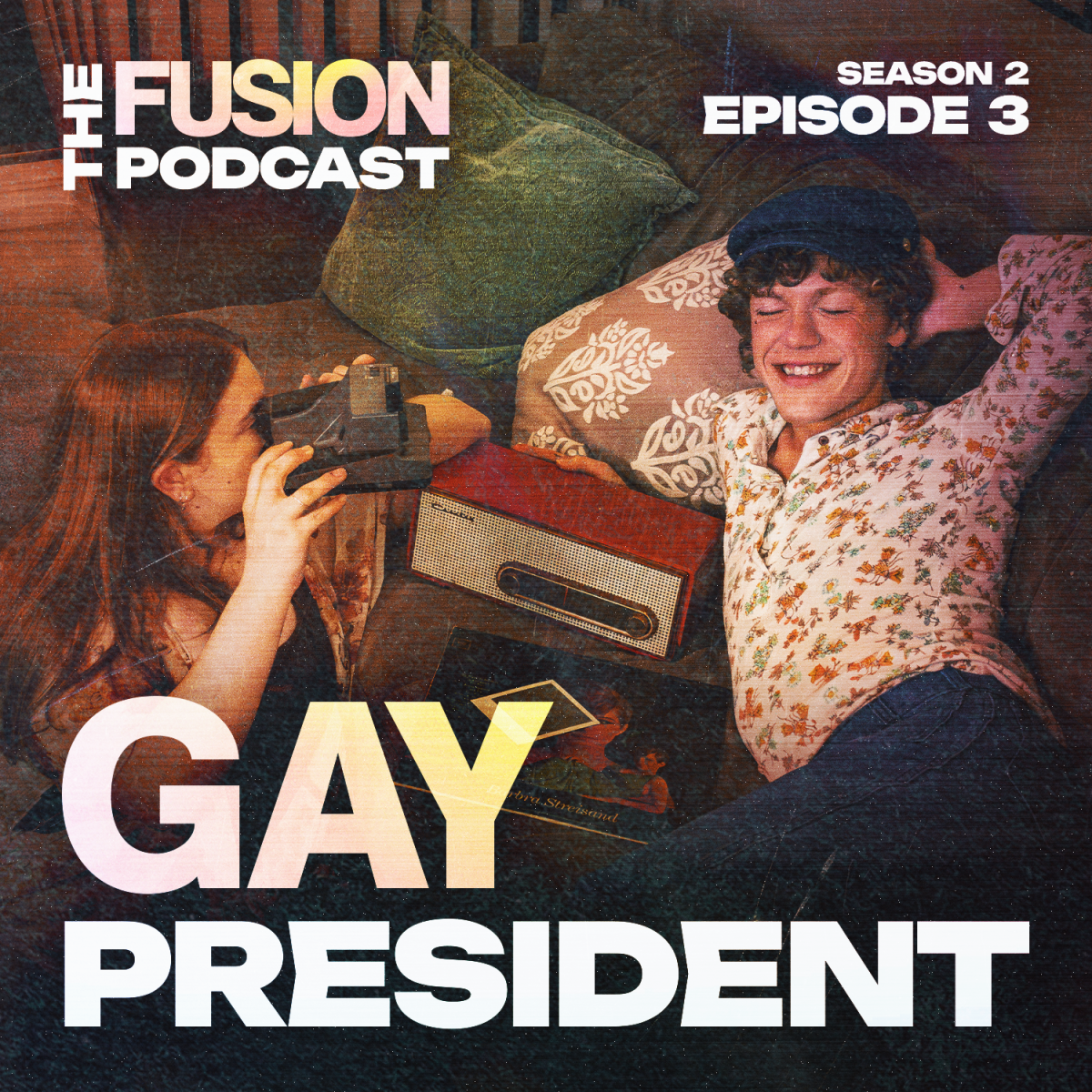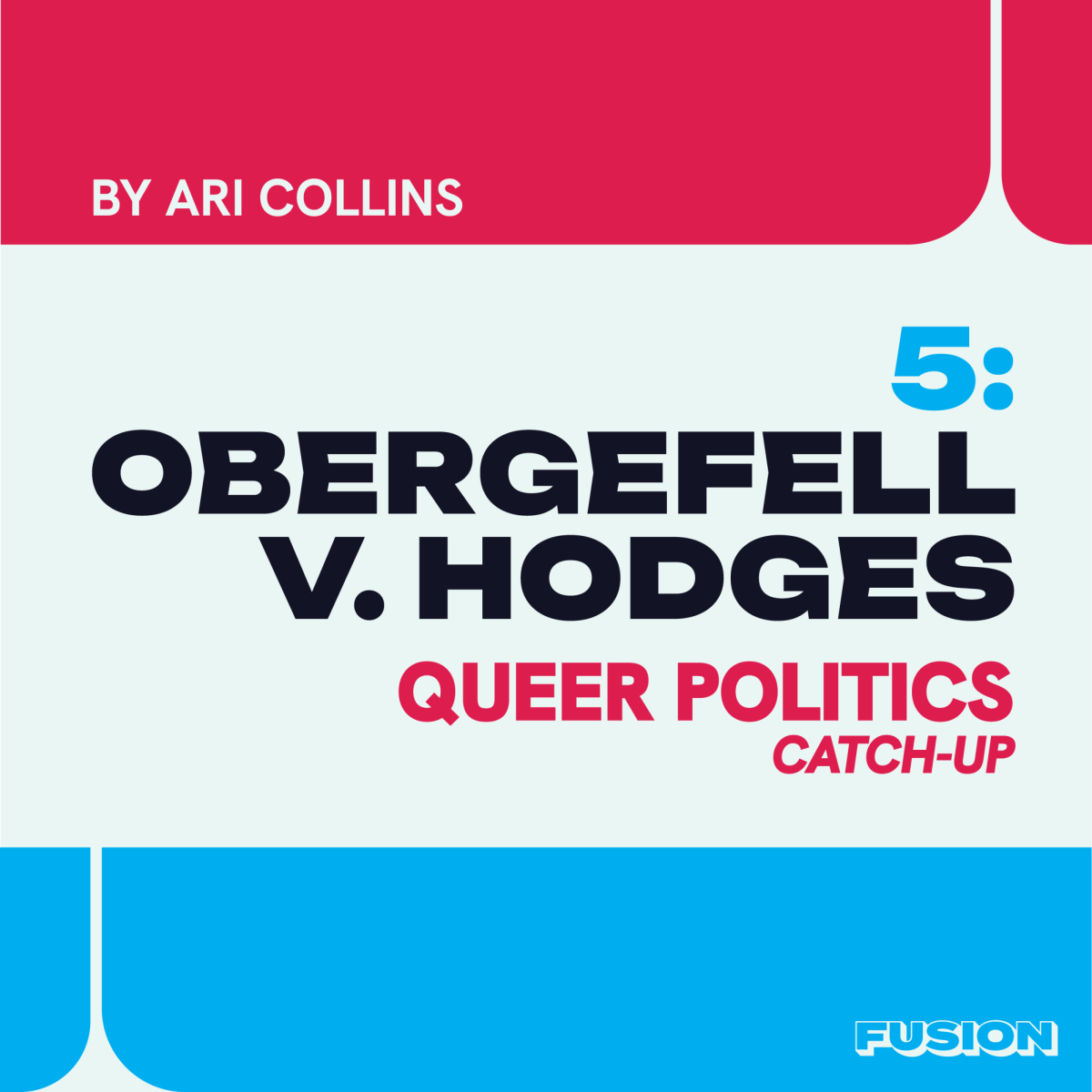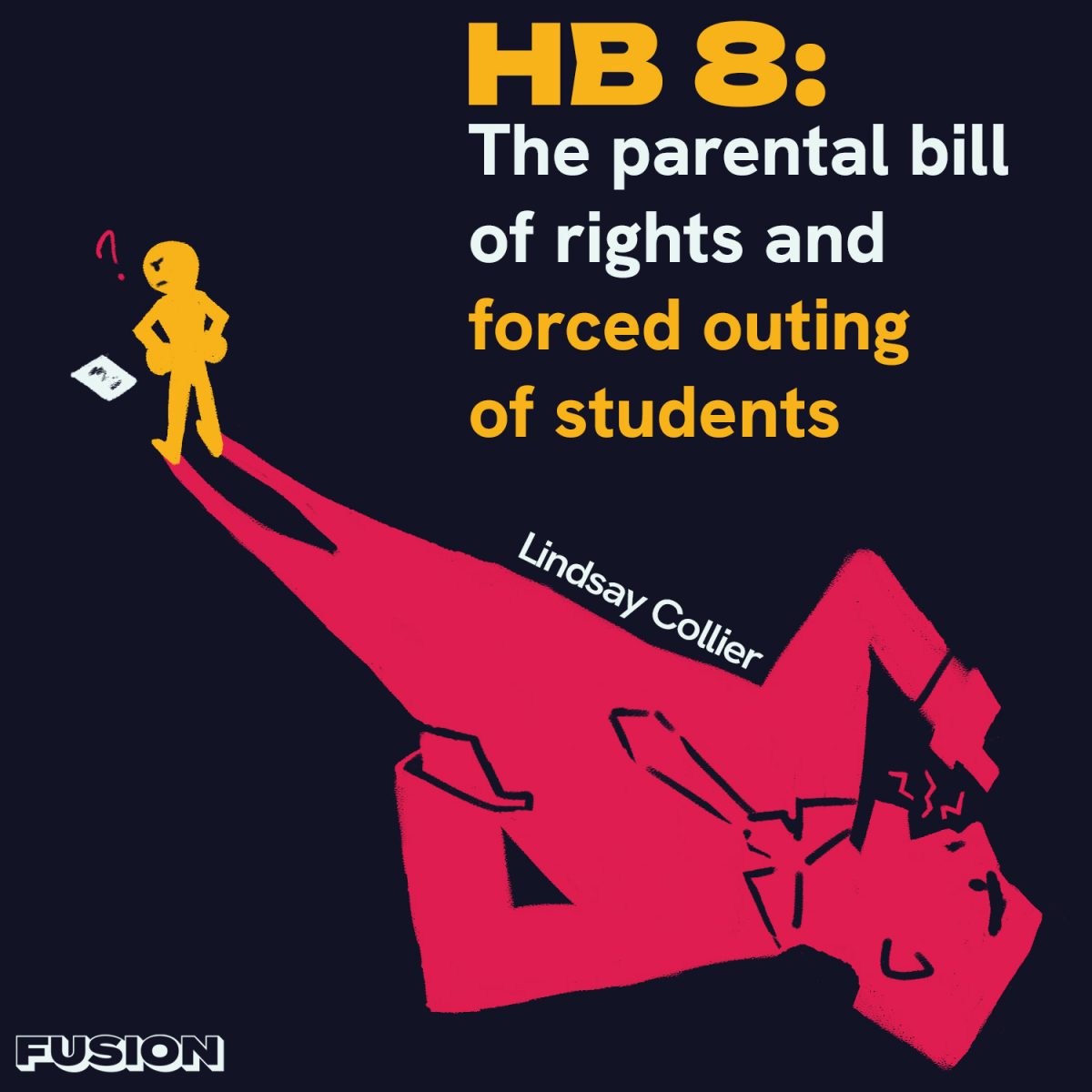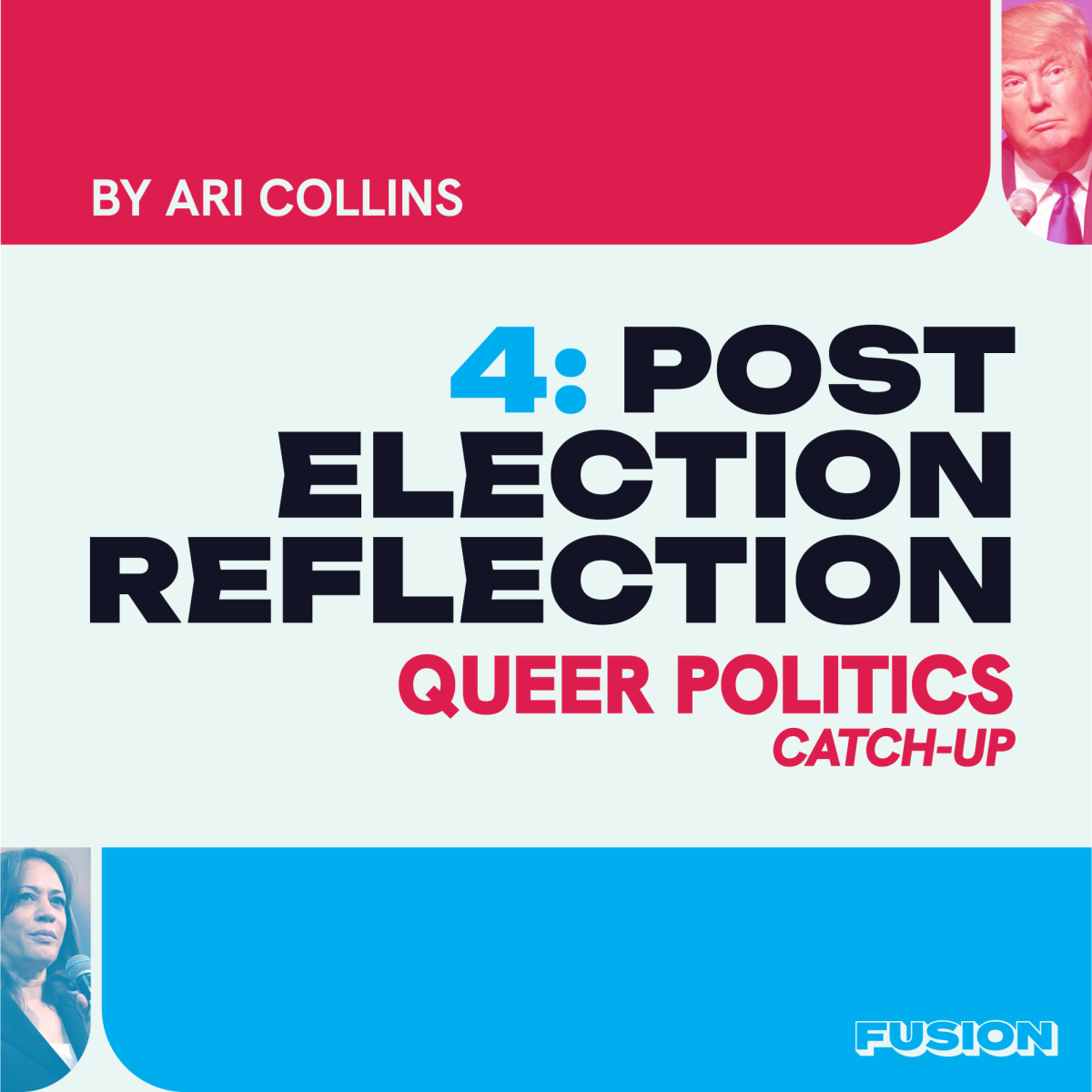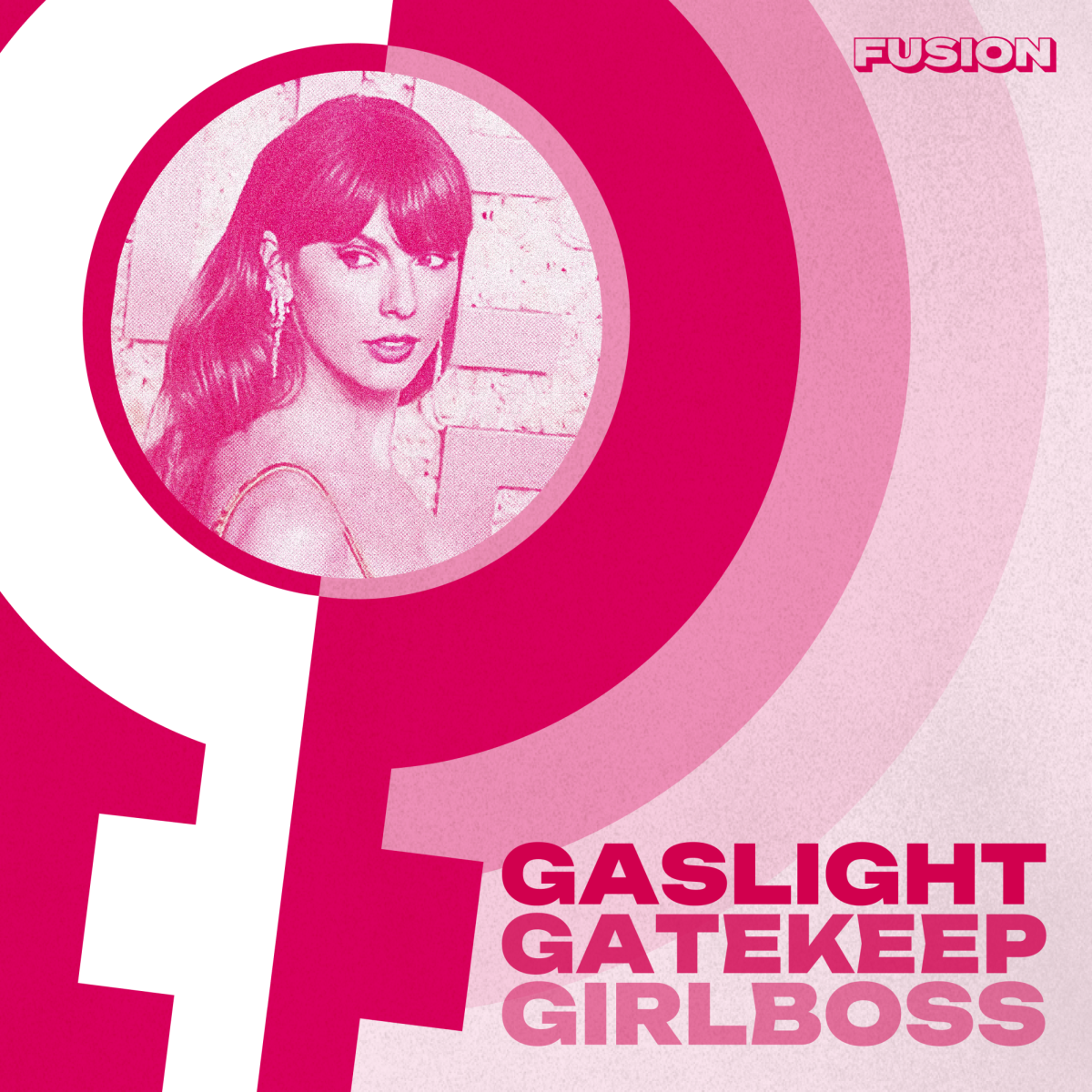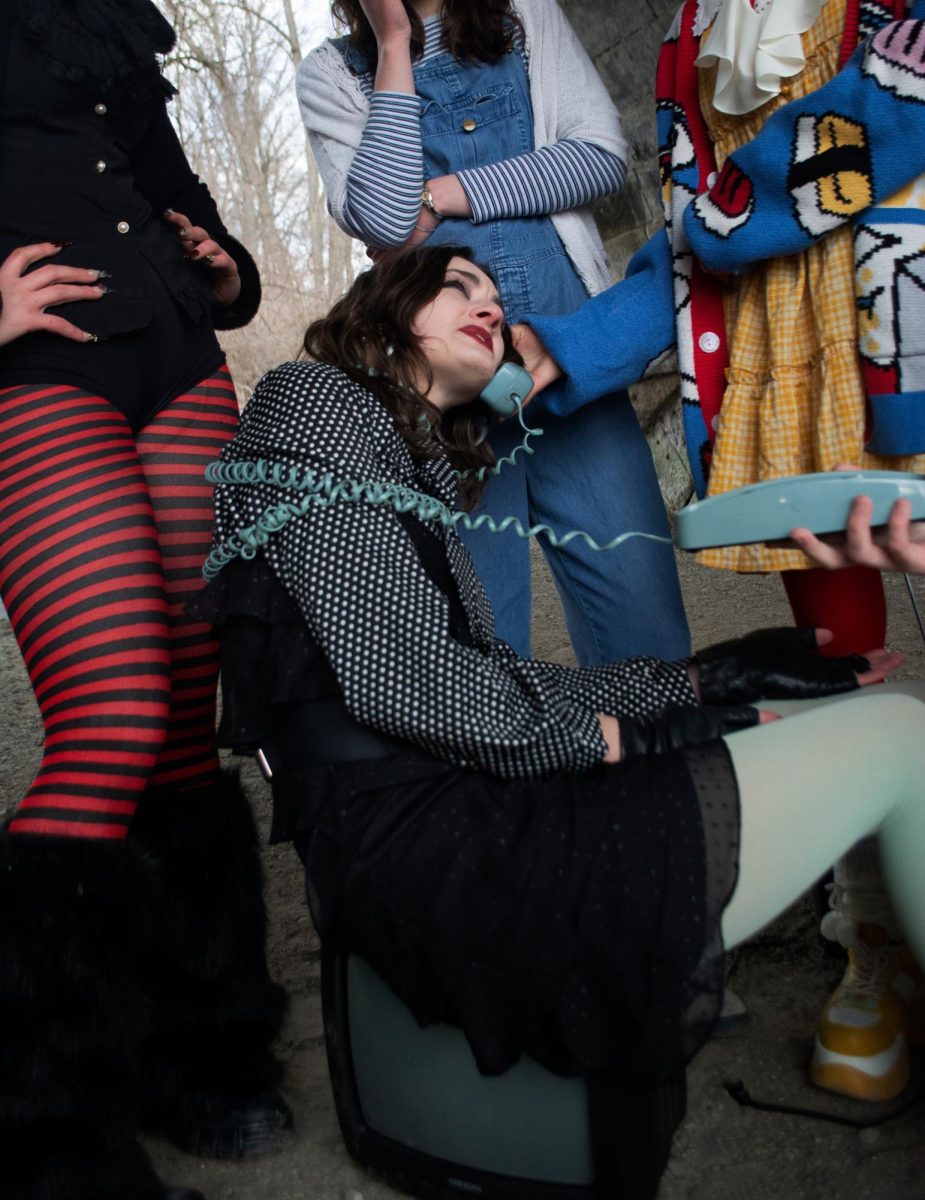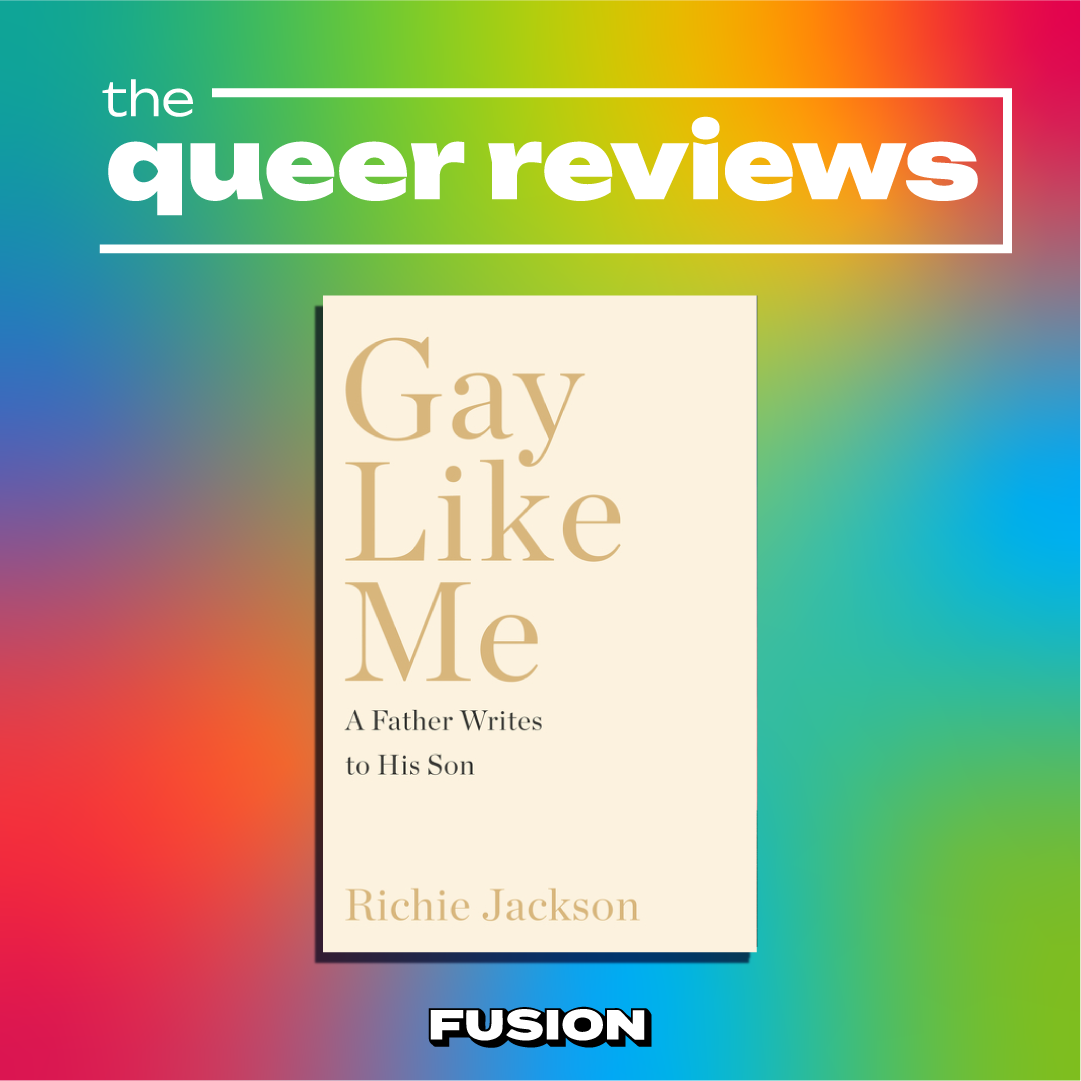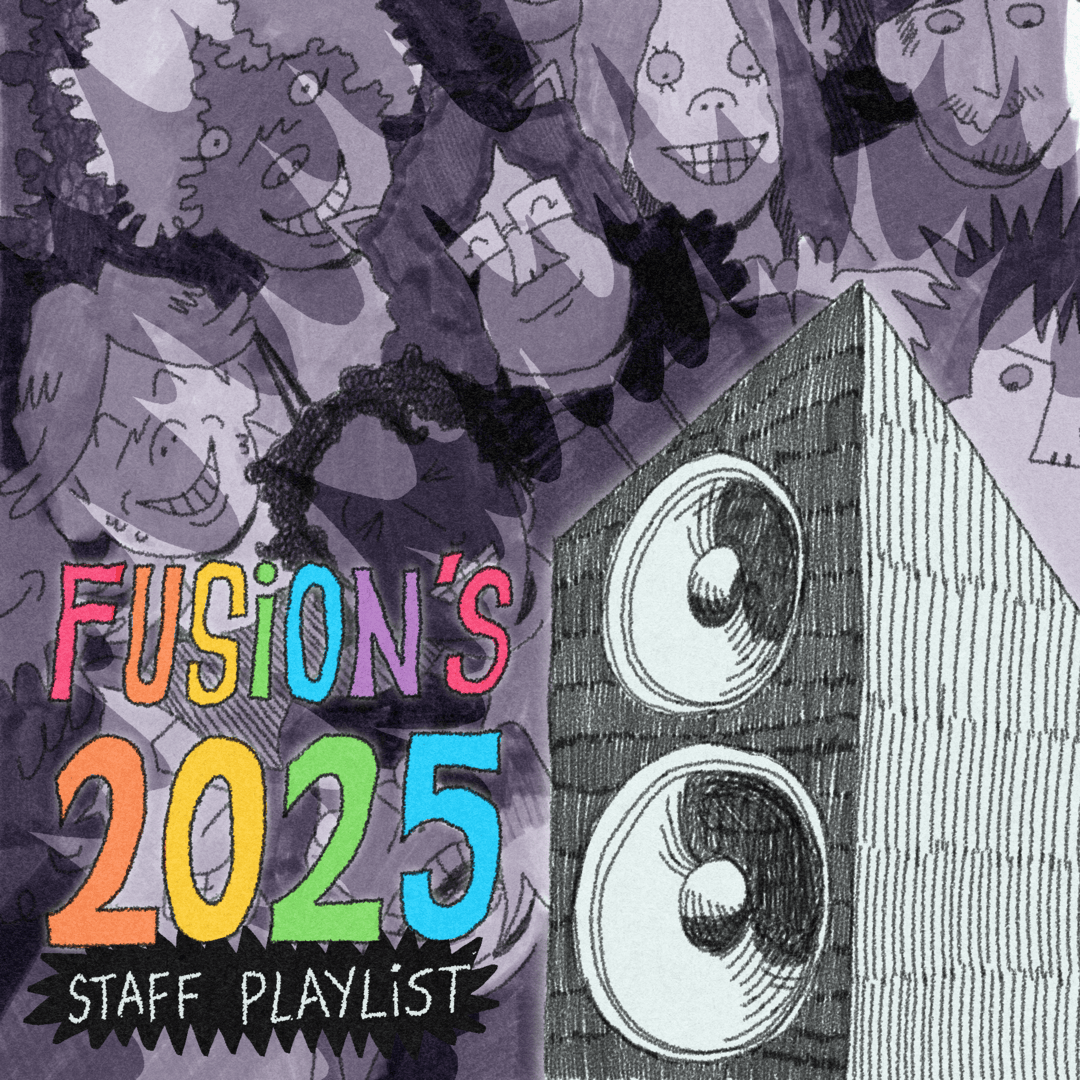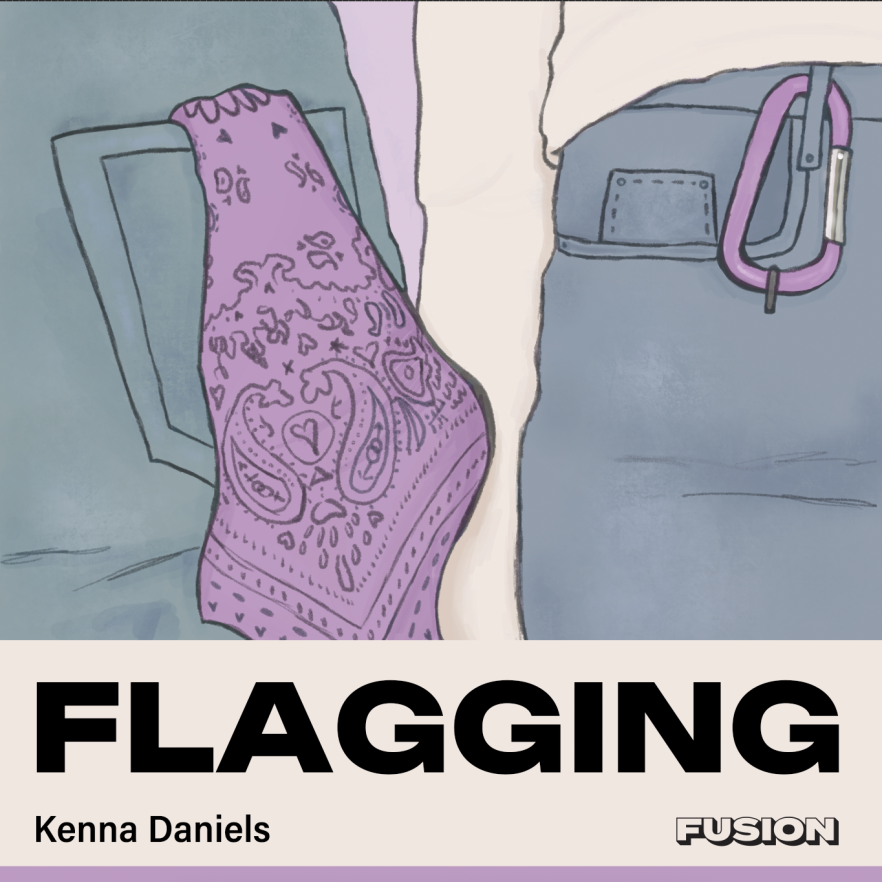Colored bandanas. Carabiners. Lavender. Green carnations. Monocles. What do these all have in common? They are all used for flagging: the use of symbols, colors, clothing, and more to symbolize one’s LGBTQ+ identity or sexual preferences. It is pretty much a queer “secret code,” only able to be deciphered by other queer people who know it.
In the article “The Many Histories of Flagging” the importance of flagging is described by mentioning, “Queer histories are filled with stories of creativity, secret languages, and yes, sexual liberation. When fearing stigma, prejudice, and threats to physical safety from society at large, queer people have found subtle ways to flag their sexual availability to potential partners.”
Flagging has always been a piece of queer history, as it was the only subtle way to find other queer people when in unsafe environments.
A popular system of flagging was the Hanky Code, a color-coded system popularized in the 1970’s by gay men to announce sexual preferences. A colored bandana in one’s pocket let others know top/bottom or interest in specific sexual acts. Lesbians also had their own system of flagging, with carabiners letting others know top/bottom, or painted nails on femmes used to let others know of her identity. While queerness has become much more acceptable in many areas since flaggings’ origins, many LGBTQ+ people still use it to honor history in the community. Flagging today is not solely to hint at sexual preferences. It can be used to show they are a member of the LGBTQ+ community, looking for friends, partners, or just a symbol of solidarity.
As a feminine lesbian, flagging is something I have always been drawn to. Along with many other fems, I have struggled with the idea of being “straight passing.” The ability to pass as straight if I am in an unwelcome environment. In heteronormative spaces, I recognize that it is a privilege to feel most comfortable presenting this way. But in queer spaces, it can feel like it is not enough. There were times in my life, especially right after I came out, where I pushed myself to present more “stereotypically gay” in order to feel included. When I began to recognize I was most comfortable when I presented more traditionally feminine, I started to struggle with my image. I wanted to appear feminine. I have always loved dressing up. But, I began to realize that much of stereotypical femininity is centered on a man’s attraction. I didn’t know how to appear feminine while staying true to my lesbian identity. Flagging has been a tool to display my queerness while still feeling comfortable in my femininity. It connects me to lesbians in the past who had to get creative in showing pride for their sexuality. Wearing a subtle lesbian flag, in a bracelet or a sticker on my phone, is a small way to show my sexuality that still tends to go over the heads of people outside the LGBTQ+ community. In the article “Flags and Fashion: Expressions of Solidarity through Lesbian Clothing,” lesbian fashion historian Eleanor Medhurst writes “Fashion is a type of lesbian language, and it can be strung into a material manifesto.”
Not everyone believes in the idea of “flagging” queerness. For some, flagging feels like a performance of sexuality, as opposed to an honest part of themselves. Flagging is done for the purpose of others: for other people to understand one’s sexuality. Some may feel perfectly comfortable in their sexuality without wearing a visible symbol of it on their body. Queer symbols and fashion also are often adapted into mainstream culture, which takes away its effectiveness as a queer indicator. Recently, carabiners have become an increasingly popular fashion accessory on Tiktok. People outside the LGBTQ+ community are beginning to hang their keys along their belts. No longer does the carabiner inform other lesbians if the wearer is a top or bottom. It is now just an aesthetic choice. This was also seen in the trend of painting one nail a different color during a manicure. What started as a femme’s signaling device, is now a mainstream trend. This makes many pull away from flagging completely, as it tends to lose its purpose when everyone is doing it.
While flagging is not for everybody, it is an undeniable piece of LGBTQ+ history. As we progress as a society, these flagging methods may seem less necessary, but we must remember the importance of the historic symbols behind us.

